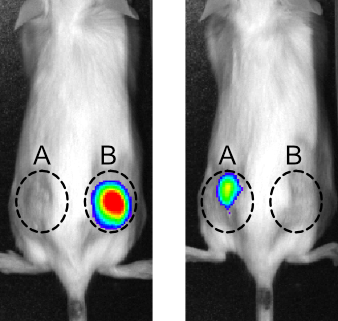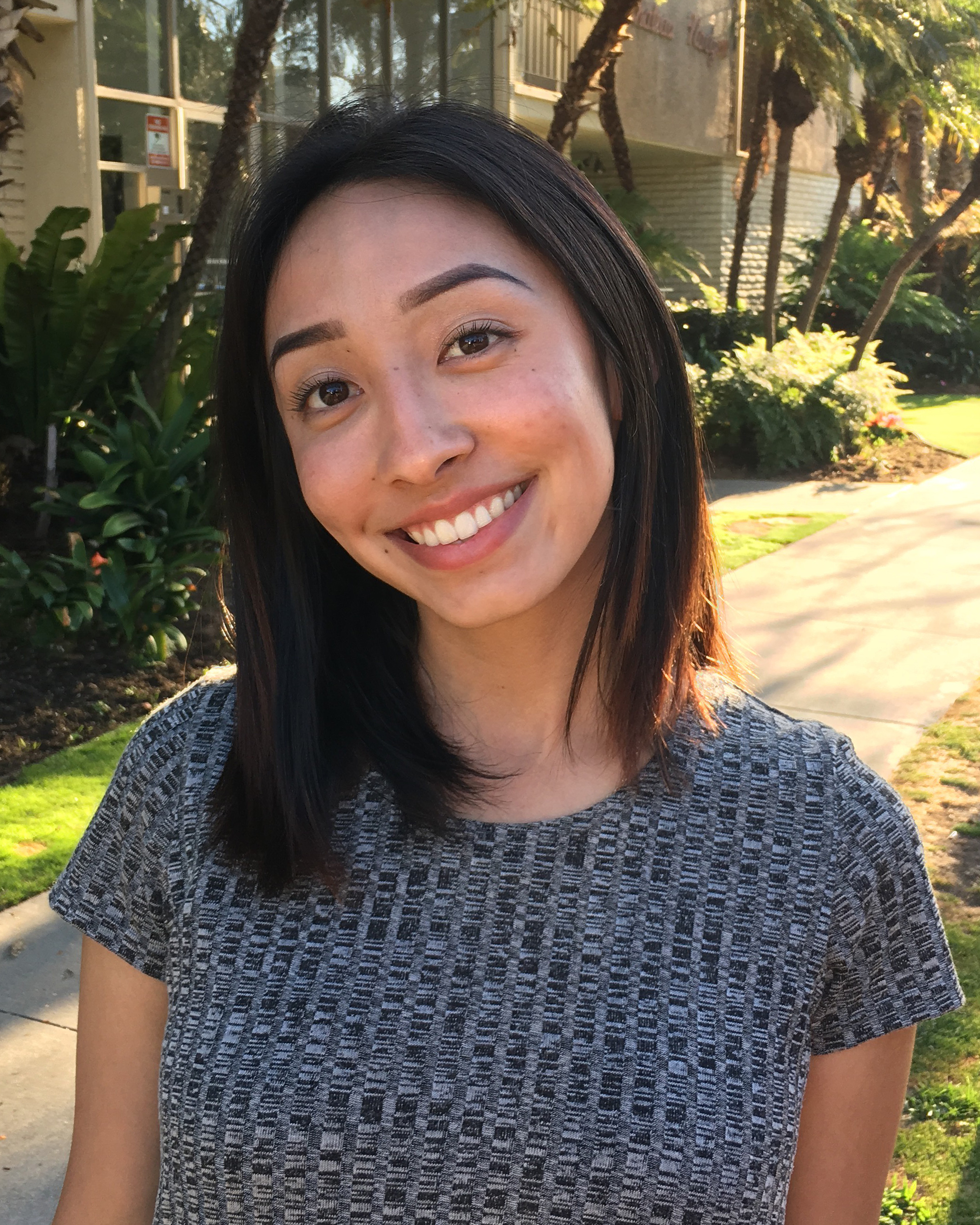By Monica Inouye
With the help of chemicals found in fireflies, Jennifer Prescher, a professor at the University of California, Irvine, is lighting up the insides of living things. She and her team are relying on the principle of bioluminescence – the reaction that produces a firefly’s glowing light. To see bioluminescence at work, watch a 2018 YouTube video in which a frog hops from wall to wall while its abdomen periodically pulses a glowing light. Apparently, the frog had just eaten a firefly.
“You can see his veins!” someone exclaims as the pulse reveals marvels beneath the slimy skin.

Bioluminescence may revolutionize diagnostic testing and therapies in modern medicine as we understand it. Current imaging techniques like MRI scans require expensive magnets costing hundreds of thousands of dollars, while X-ray machines use radiation that can be harmful to the body in accumulated doses. The bioluminescent reaction between the firefly compounds luciferase and luciferin, on the other hand, is comparably less expensive, noninvasive, and offers real-time imaging at the cellular level.
However, one challenge of bioluminescent technology is that it can image only one biological feature at a time. Prescher’s group is working on changing this with the help of firefly compounds luciferase and luciferin, which they refer to as Fluc and D-luc, respectively. Using the compounds, they developed a toolbox of custom “flashlights” and “batteries,” to attempt to light up various features simultaneously in living animals upon reaction.
They tested whether any of the flashlights produced light when paired with any of the batteries, and further modified their structures to improve the light quality and brightness. However, manually creating and sifting through a database composed of so many different battery and flashlight combinations can be difficult to track and researchers could miss key battery-flashlight pairs.
Therefore, the group turned to computational data mining, using an algorithm capable of ranking the likeliness of 1,000 combinations in less than 30 minutes, which significantly and accurately sped up their tasks.
The group tested the predicted flashlight-battery combinations in live mice. For example, they administered flashlights A and B on opposite sides of the same mouse. When they injected battery A into the mouse, it only lit up on the flank where flashlight A was administered. Similarly, flashlight B only lit up when paired with battery B.
Sierra Williams, a graduate student in Prescher’s group who co-authored a recent review and is working on this topic for her dissertation, said, “the nice thing about this system is that selectivity doesn’t have to be perfect. In most cases you do find that the mismatch pair does react with the wrong substrate to some extent, but the light-emission is so much dimmer in comparison to the matched pair that you barely see that signal most of the time.”
Through this proof-of-concept method of targeting different cell groups within a mouse, the Prescher group demonstrated their capability of generating custom battery and flashlight pairs with the help of computational power for multicomponent imaging.
Williams added, “I think there are a lot of cool things that can be done with this platform in terms of studying different disease models, but there is still a lot to learn about how these tools work together. For example, how do you improve brightness without impacting the stability of the enzyme? It’s an exciting time to be working in bioluminescence!”
Monica Inouye is currently a graduate student in materials science and engineering at Johns Hopkins University in Baltimore. Email her at monicainouye@gmail.com.
This story was produced as part of NASW's David Perlman Summer Mentoring Program, which was launched in 2020 by our Education Committee. Inouye was mentored by Massie S. Ballon.
Hero image courtsey of Pixabay.


